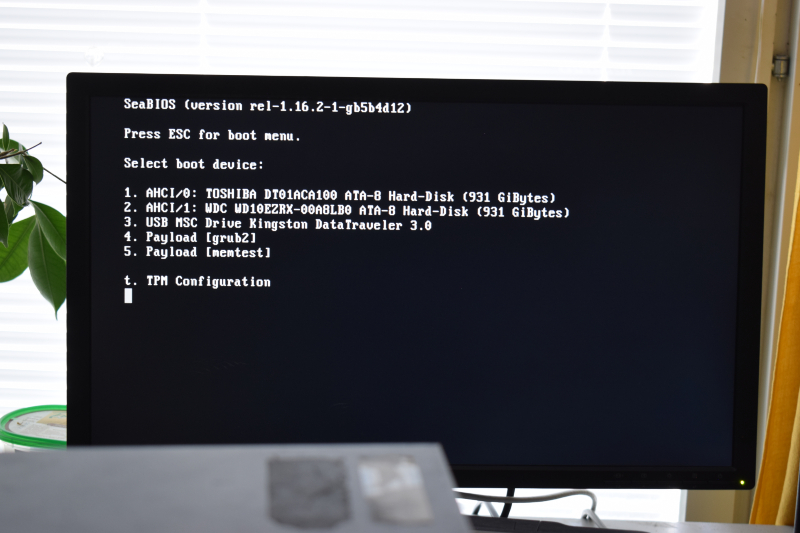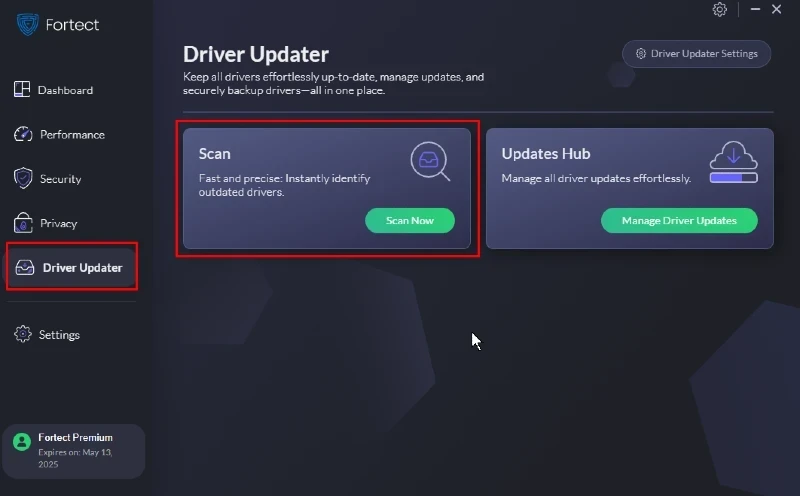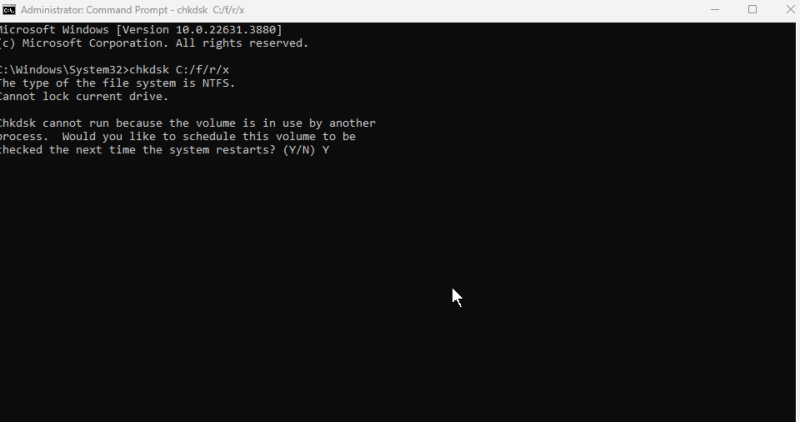How to Fix Boot Drive Not Showing Up in BIOS
Encountering a boot drive that doesn’t appear in BIOS can be a frustrating experience for Windows users. This issue can prevent your computer from starting up properly, leaving you unable to access your operating system.
This guide will examine the reasons behind this problem and provide step-by-step solutions to get your system back on track.
Why Is Boot Drive Not Showing Up in BIOS?
- Several factors can cause your boot drive to vanish from BIOS detection:
- Loose or faulty cable connections
- Outdated or corrupted drivers
- BIOS settings issues
- Hard drive failures
- Malware infections
- Master Boot Record (MBR) corruption
- Understanding these potential causes is crucial for effectively troubleshooting and resolving the issue.
10 Ways to Solve Boot Drive Not Showing Up in BIOS

Check the USB Cables and Ports
Physical connections are often the culprit behind boot drive detection issues. Ensuring proper cable connections and functional ports can quickly resolve the problem.
Steps:
- Shut down your computer and unplug the power cord
- Open the computer case
- Check all cable connections to the hard drive
- Ensure cables are firmly seated in both the drive and motherboard
- If using external drives, check USB port connections
- Reconnect power and restart your computer
Update BIOS
First, identify your motherboard’s manufacturer and model to update the Windows BIOS. Visit the manufacturer’s website and download the latest BIOS update. Follow their instructions to create a bootable USB drive with the BIOS update.
Restart your computer, enter the BIOS setup, and use the BIOS update tool to apply the update. After updating your computer’s BIOS, restart your computer to see if the boot drive is recognized.
Enable USB in BIOS
Sometimes, USB ports may be turned off in BIOS settings, preventing the detection of external boot drives. Enabling USB support can solve this issue.
Steps:
- Restart your computer and enter BIOS (usually by pressing F2, F10, or Del during startup)
- Navigate to the “Advanced” or “USB Configuration” section
- Look for options like “USB Controller” or “USB Support.”
- Enable these options if they’re disabled
- Save changes and exit BIOS
- Restart your computer
Update Your Hard Drive Drivers
Outdated or corrupted drivers can cause problems with boot drive detection. Updating these drivers can often resolve the issue.
Steps:
- Boot into Safe Mode if possible
- Open Device Manager (right-click Start > Device Manager)
- Expand the “Disk drives” section
- Right-click on your hard drive and select “Update driver.”
- Choose “Search automatically for updated driver software.”
- Follow the prompts to complete the update
- Restart your computer
Another option is using specialized third-party software with automatic driver update functionality, such as Fortect.
Fortect Premium offers continuous monitoring of all your system’s drivers. It automatically scans all drivers, identifies faulty or outdated ones, notifies you in real-time, and updates them as needed. This ensures your drivers stay current and can improve your Windows PC’s overall performance and stability.

Download and install Fortect now.
Restore BIOS to Default Settings
Incorrect BIOS settings can cause boot drive detection issues. Restoring default settings often resolves these problems.
Steps:
- Restart your computer and enter the BIOS
- Look for an option like “Reset to Default” or “Load Optimized Defaults.”
- Select this option and confirm
- Save changes and exit BIOS
- Restart your computer
Rebuild MBR
A corrupted Master Boot Record can prevent BIOS from recognizing your boot drive. Rebuilding the MBR can fix this issue.
Steps:
- Boot from a Windows installation media
- Choose “Repair your computer.”
- Select “Troubleshoot” > “Advanced options” > “Command Prompt”
- Type “bootrec /fixmbr” and press Enter
- Type “bootrec /fixboot” and press Enter
- Type “bootrec /rebuildbcd” and press Enter
- Exit the Command Prompt and restart your computer
Check for Disk Errors
A disk check can identify and repair errors causing boot drive detection issues.
Steps:
- Open File Explorer
- Right-click on the problematic drive
- Select “Properties.”
- Go to the “Tools” tab
- Click “Check” under “Error-checking”
- Follow the prompts to scan and repair the drive
- Restart your computer
Run CHKDSK to Check the Not Detected Hard Drive Error
The CHKDSK utility can help identify and fix disk errors that may prevent BIOS from detecting your boot drive.

Steps:
- Open Command Prompt as administrator
- Type “chkdsk C: /f /r /x” (replace C: with your drive letter)
- Press Enter and confirm with “Y” if prompted
- Allow the scan to complete (it may take some time)
- Restart your computer
Replace Hard Disk
If all else fails, your hard drive may be physically damaged and require replacement.
Steps:
- Back up your data if possible
- Purchase a compatible replacement drive
- Shut down and unplug your computer
- Remove the old drive and install the new one
- Reconnect all cables
- Restart your computer and reinstall the operating system.
Hard Reset Computer
A hard reset can sometimes resolve persistent boot issues by clearing temporary settings and refreshing the system.
Steps:
- Shut down your computer
- Unplug the power cord
- Remove the battery (if laptop)
- Press and hold the power button for 30 seconds
- Reconnect the power and battery
- Turn on your computer
Conclusion
When your boot drive doesn’t show up in BIOS, it can be a daunting problem. However, following these troubleshooting steps can often resolve the issue and get your system running again.
Remember always to back up your important data regularly to prevent loss in case of hardware failures. If you’re uncomfortable performing any of these steps, consider seeking assistance from a professional technician.




